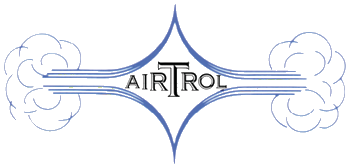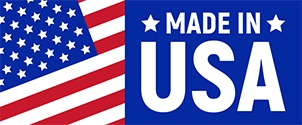Our Home Office
Airtrol Components Inc
17400 West Liberty Lane
New Berlin, WI 53146
USA
Hours of Operation
Monday – Friday:
8:00am to 5:00pm CST
Saturday & Sunday:
Closed
Contact Us
Phone: (262) 786-1711
Fax: (262) 786-0211
Email us at:
contact@airtrolinc.com
Technical Support
For technical support
call toll free at (800) 762-0758


How Diaphragm Check Valves Work
What Is Check Valve Cracking Pressure?
How Vacuum Regulators Work
How Check Valves Work
How Pressure Switches Work
The Basics of Pressure Relief Valves